What Are Assets and Liabilities: A Primer for Small Businesses

Assets are what a business owns, and liabilities are what a business owes. Both are listed on a company’s balance sheet, a financial statement that shows a company’s financial health. Assets minus liabilities equal equity—or the company’s net worth.
Ideally, a company should have more assets than liabilities. If a company has too much debt compared to assets, it’s considered to be highly leveraged, and the company might have trouble getting a business loan, attracting investors, or paying bills.
Here’s what we’ll cover:
- What Are Assets and Liabilities?
- Where Assets Appear on the Balance Sheet
- Where Liabilities Appear on the Balance Sheet
- Equity: What Is Your Company Worth?
- Examples of Assets vs Liabilities
- Frequently Asked Questions

What Are Assets and Liabilities?
In accounting, assets, liabilities, and equity comprise the 3 major categories on a company’s balance sheet—one of the most important financial statements for small businesses.
Assets are resources the business owns, such as cash, accounts receivable, and equipment. Liabilities are obligations the company has—in other words, what the company owes to others, such as accounts payable and long-term debt.
The main difference between assets and liabilities is that assets provide a future economic benefit while liabilities represent a future obligation. Together, they form a picture of a small business’s financial standing.
Where Assets Appear on the Balance Sheet
Assets are either found on the left side or the upper half of a balance sheet. There are 2 categories of assets: current assets and long-term assets.
Current assets are assets that the company expects to convert to cash within one year. They include cash, accounts receivable, and inventory.
Current assets are usually a sign of financial strength. A business with substantial current assets has the working capital to cover operational costs and pay its debts without borrowing money.
Long-term assets are assets the company intends to hold on to for a year or longer. One major category of long-term assets is fixed assets.
Fixed assets are physical items that belong to the company and are used to produce income. This can include land, buildings, business vehicles, furniture, and equipment. Another example of a long-term asset might be money loaned to a shareholder that won’t be repaid for several years.
Assets are also categorized as either tangible or intangible. Tangible assets are physical objects that can be touched, like vehicles and equipment. Intangible assets are resources without physical presence, though they still have financial value. Examples include copyrights, customer lists, and patents.
Where Liabilities Appear on the Balance Sheet
Liabilities are found on the right side or lower half of a balance sheet. A common small business liability is accounts payable, or money owed to suppliers.
There are 2 types of liabilities: current liabilities and long-term liabilities.
Current liabilities (also known as short-term liabilities) must be paid back within a year and include lines of credit, the current portion of long-term loans, accrued wages, and accounts payable.
Long-term liabilities, or non-current liabilities, are due more than a year from the balance sheet date and may include loans, mortgages, and bonds.
Owners’ or shareholders’ equity also appears on the balance sheet, just beneath liabilities.
Below is an example that shows how assets and liabilities are positioned on a balance sheet:
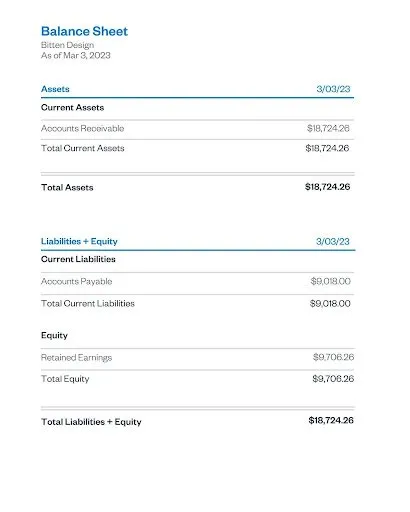
Equity: What Is Your Company Worth?
The accounting formula (also known as the basic accounting equation) is a way to calculate what a company is worth.
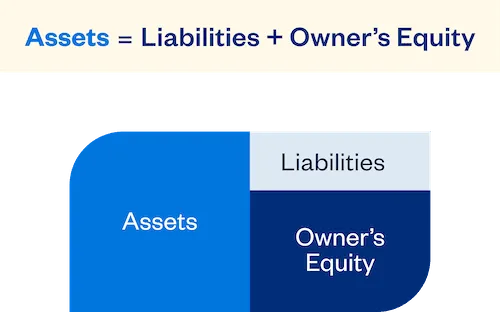
Equity means a company’s net worth—also known as its book value. Flipping the basic accounting equation around, equity is calculated by subtracting total liabilities from total assets:

Equity should be positive, and the higher the number, the better. A negative number means that the business is in trouble. Shareholders might be taking too much money out of the business, or the business might be losing money. Either way, the business owner needs to take action to minimize liabilities and increase assets.
Business owners should also review the balance sheet periodically to make sure liabilities are not growing faster than assets. You can prepare your own balance sheet, or use accounting software to generate a balance sheet automatically.
Examples of Assets vs Liabilities
Here are some common assets and liabilities you might find on a balance sheet:
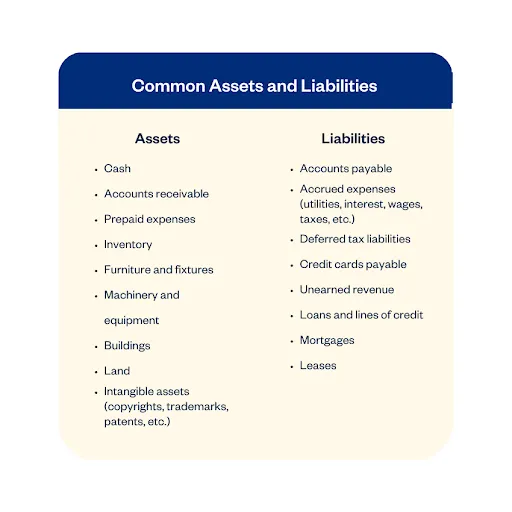
For small business owners to understand their company’s financial standing, they need to be aware of what qualifies as an asset and what qualifies as a liability.
Below are examples of a few types of small businesses and the assets and liabilities they may have.
Example 1: Freelance Copywriting Business
Assets:
- laptop
- printer
- cash business bank account
- accounts receivable due from 2 clients
Liabilities:
- outstanding balance on a business credit card from buying a new laptop
- unpaid cell phone and internet bill
- sales tax collected but not yet remitted to the state
Example 2: Hot Sauce Manufacturing Business
Assets:
- cash in the bank
- computer equipment
- raw materials used to make hot sauce
- completed hot sauce inventory
- machinery and equipment used to make the sauce (including containers and cooking gear)
- unpaid invoice from a local retailer that sells the sauce
- building purchased to house the business
Liabilities:
- payroll earned but not yet paid to a staff of 5
- payroll taxes and sales tax not yet remitted to the government
- unpaid bill for supplies
- line of credit taken out to buy new equipment
- mortgage on the building
Example 3: House Painting Business
Assets:
- company van
- painting equipment
- deposits due for 3 painting contracts already in place
- savings in the bank
- computer and printer
Liabilities:
- payroll owed to a staff of 10
- taxes withheld from employee paychecks but not yet remitted to the tax authorities
- painting supplies bought on credit
- bank loan taken out to buy the company van

FAQs About Assets and Liabilities
What Is the Difference Between Assets and Liabilities?
In accounting, assets are what a company owns, while liabilities are what a company owes. Liabilities are usually found on the right side of the balance sheet; assets are found on the left.
What Are Examples of Assets and Liabilities?
Some examples of assets are inventory, buildings, equipment, and cash. Liabilities might include unpaid bills, outstanding loan balances, and credit card balances.
How Do You Calculate Assets and Liabilities?
First, total up everything your business owns—anything that can be converted to cash, or cash itself. This should include tangible assets like vehicles and inventory, as well as intangible assets like intellectual property. Then, list all your business’s financial obligations. Be sure to include both current and long-term liabilities.
To find these amounts, refer to your bookkeeping records or accounting software, or review your receipts, bills, and credit card or bank transactions.
How Do Assets and Liabilities Affect a Company’s Financial Health?
Assets benefit a company economically. They help a business manufacture goods or provide services, now and in the future. A company needs to have more assets than liabilities to have enough cash (or items that can be easily converted into cash) to pay its debts. If a small business has more liabilities than assets, it won’t be able to fulfill its debts and may be in financial trouble.
Still, liabilities aren’t necessarily bad, as they can help finance growth. For example, a line of credit is taken out to purchase new tools for a small business. These tools will help the company generate revenue, which is a good thing. The trick is to make sure liabilities don’t grow faster than assets.
RELATED ARTICLES

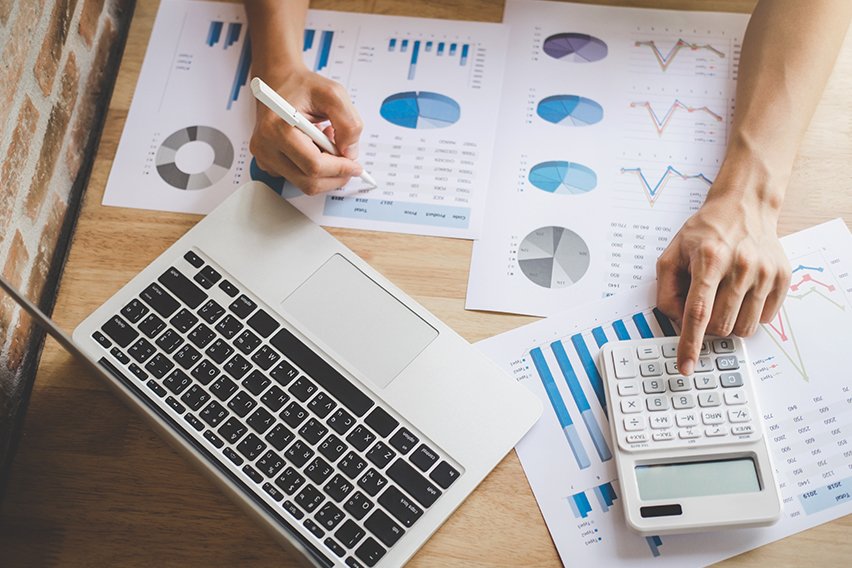 Accounting for Entrepreneurs: A Guide for Small Business
Accounting for Entrepreneurs: A Guide for Small Business What Is a Journal Entry in Accounting?
What Is a Journal Entry in Accounting?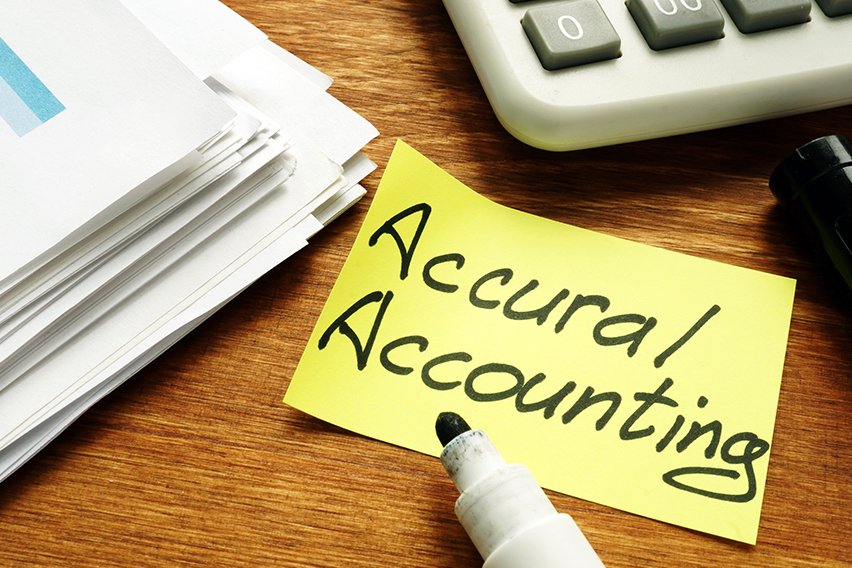 What Is the Difference Between Cash and Accrual Accounting?
What Is the Difference Between Cash and Accrual Accounting?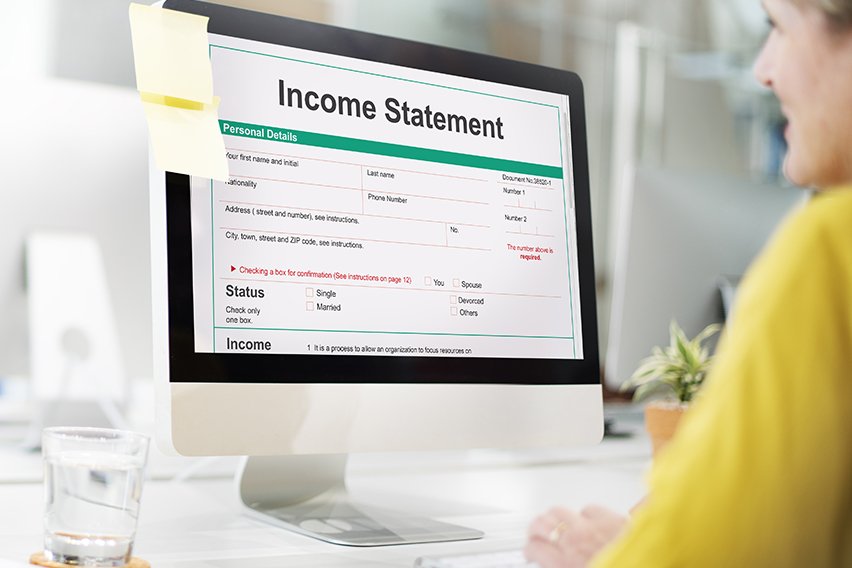 Single-Step vs Multi-Step Income Statement: Key Differences for Small Business Accounting
Single-Step vs Multi-Step Income Statement: Key Differences for Small Business Accounting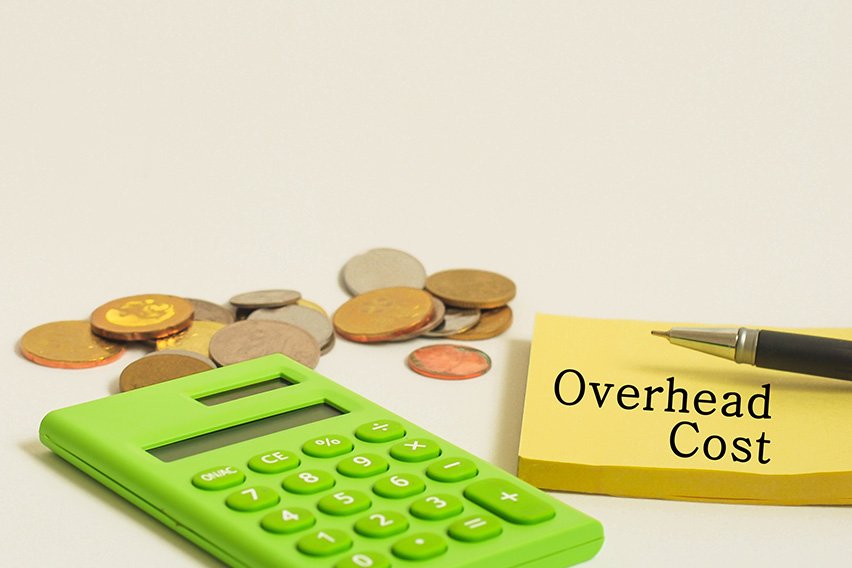 How to Calculate Manufacturing Overhead Costs
How to Calculate Manufacturing Overhead Costs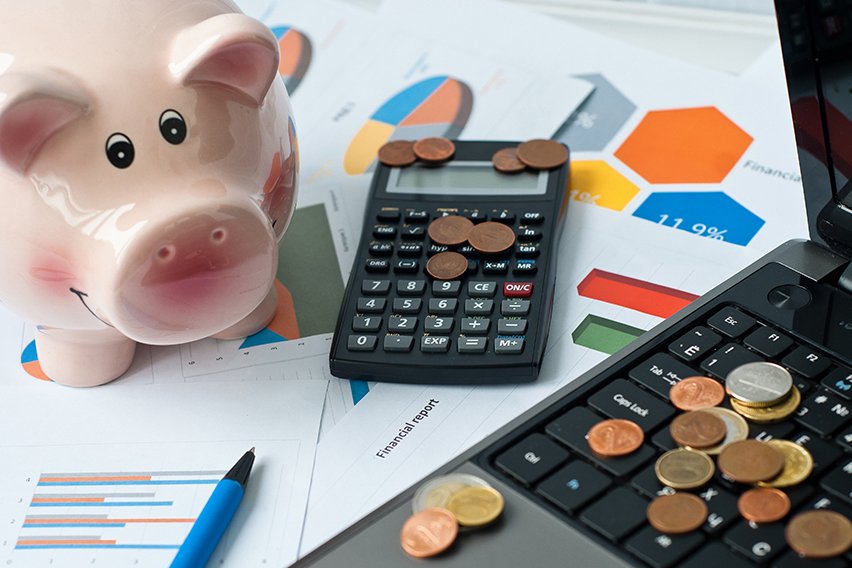 Business Budget: How to Create It in 6 Simple Steps
Business Budget: How to Create It in 6 Simple Steps